These unit circle notes delve into the mathematics of the unit circle Focus is placed on an understanding of side lengths of 45 – 45 – 90 triangles and 30 – 60 – 90 triangles This understanding is then transferred to the unit circle Students willSpring Trig Note Sheets and ConnecttheDots 1, 2 pdf of circles, angles, degrees, radians, triangles, square 3, 4 pdf of and triangles and trig functions of 30°, 60°, and 45° angles 5 gif of answers to 3 and 4 all functions of the 30s, 45s, and 60sRight triangles with a set angle scheme that helps with the determining of its lengths triangle has sides {adjacent with 30=x, opposite of 30=x¬3, hypotenuse=2x} triangle has sides {across or adjacent to 45=x¬2\2, hypotenuse=x}
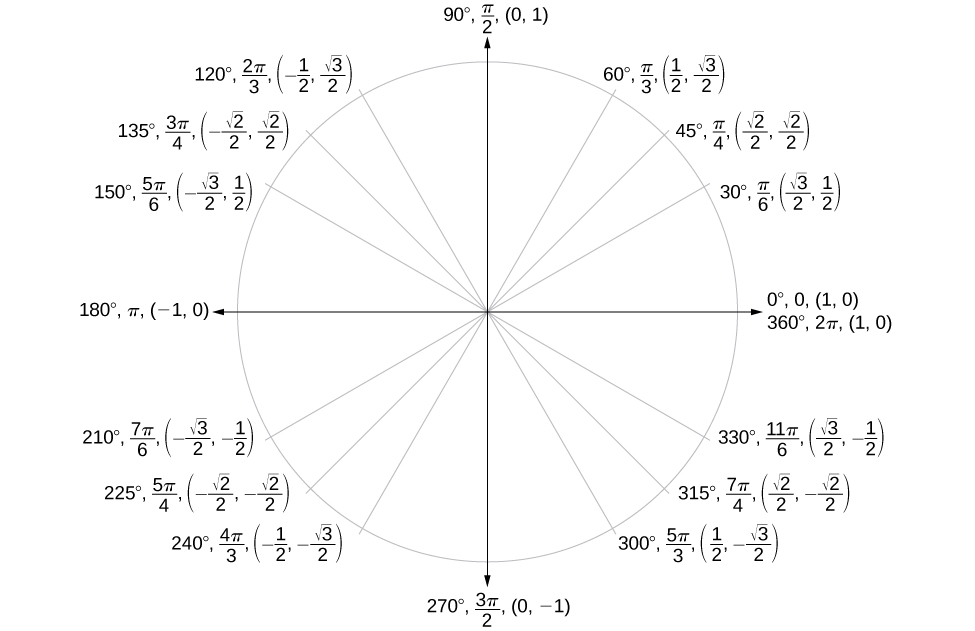
5 2 Unit Circle Sine And Cosine Functions Mathematics Libretexts
Sides of 30 60 90 triangle unit circle
Sides of 30 60 90 triangle unit circle-Use Pythagoras' Theorem to find the new side's length;Special Right Triangle () and () For the purpose of this activity we will set the length of the hypotenuse to be exactly 1 unit long (r = 1unit)
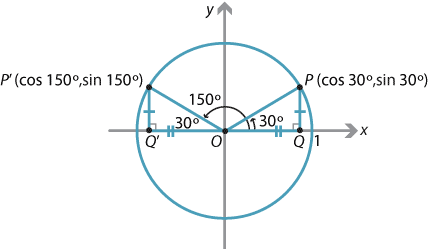



Content The Trigonometric Ratios
In conclusion, the unit circle chart demonostrates some properties of the unit circle It results from dividing the circle into and sections respectively Each point from the divisions corresponds to one of the two special triangles 45 45 90 triangle and 30 60 90 triangle A discussion of how basic right triangle geometry finds points on the unit circleThe 30° 60° 90° triangle is seen below on the left Next to that is a 30° angle drawn in standard position together with a unit circle The two triangles have the same angles, so they are similar Therefore, corresponding sides are proportional The hypotenuse on the right has length 1 (because it is a radius)
The triangle The triangle has a right angle (90 ) and two acute angles of 30 and 60 We might assume our triangle has hypotenuse of length 1 and so draw it on the unit circle as in Figure 5, below P(x;y) 1 y 30 x Figure 5 The triangle in the unit circle A $$ is one of the must basic triangles known in geometry and you are expected to understand and grasp it very easily In an equilateral triangle, angles are equal As they add to $180$ then angles are are all $\frac {180}{3} = 60$ And as the sides are equal all sides are equal (see image) So that is a $$ triangleA right triangle (or perhaps we should say a right triangle) has a ratio of , corresponding to the sides opposite The hypotenuse is 1, so That gives us for , and for Now we can talk about what all this stuff means You didn't think we'd really hold out on you?
8 Cut out the colored A triangle Label the 30°, the 60°, and 90° angles Using the hypotenuse length of one unit, determine the leg lengths and label the lengths in the boxes Use the side lengths of the triangle to investigate the coordinate points of the intersection of the lines that were just made with the paper plateThanks Edit Is this why you divide by the hypotenuse?Start studying Review for EXAM I Unit Circle, Right Triangle Trig, Coterminal Angles, Reference Angles Learn vocabulary, terms, and more with flashcards, games, and other study tools The ratio of the adjacent side of a right triangle divided by the hypotenuse refers to the and right triangles Special Right



If You Have To Find Cos 150 On The Unit Circle Would It Be Easier To Convert It To Sin 90 150 Quora




5 2 Unit Circle Sine And Cosine Functions Mathematics Libretexts
Each student needs this unit circle and set of triangles It's important that you use these ones because the hypotenuse of the triangles is equal to the radius of the circle Students will start out the lesson by finding sides lengths for a triangle and triangle that both have a hypotenuse of 1Split it down the middle; If cosine and sine is the x and y coordinate on a circle with radius one, why is the triangle defined as having a radius of 2?




The Unit Circle Ck 12 Foundation
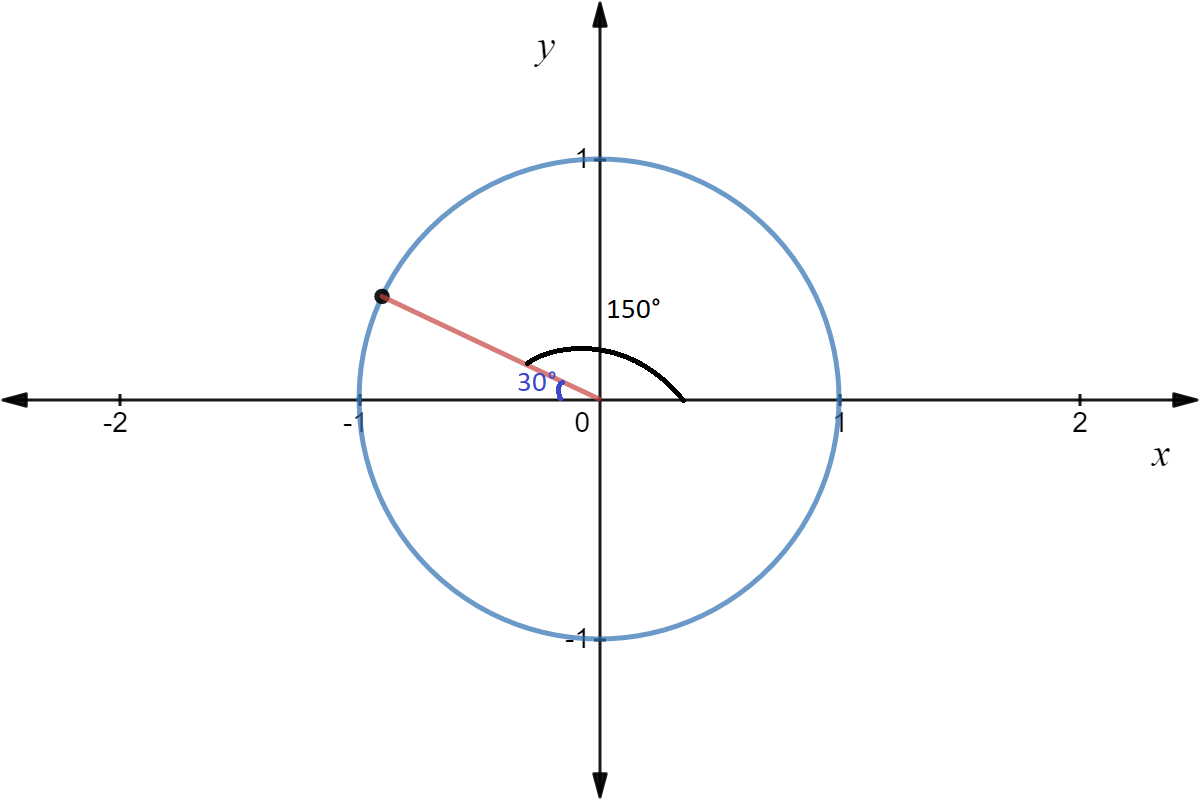



What Is The Unit Circle Expii
A triangle is a right triangle with angle measures of 30º, 60º, and 90º (the right angle) Because the angles are always in that ratio, the sides are also always in the same ratio to each other The side opposite the 30º angle is the shortest and the length of it is usually labeled as x The side opposite the 60º angle has aWe know immediately that the triangle is a , since the two identified angles sum to 1° 1 ° 180° − 1° = 60° 180 ° 1 ° = 60 ° The missing angle measures 60° 60 ° It follows that the hypotenuse is 28 m 28 m, and the long leg is 14 m * √3 14 m * 3Wouldn't the cosine and sine values derived from it represent the coordinates on a circle with radius two?
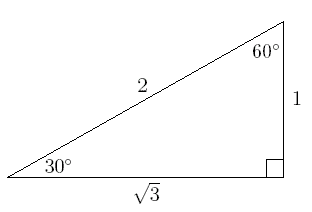



How To Use The Special Right Triangle 30 60 90 Studypug
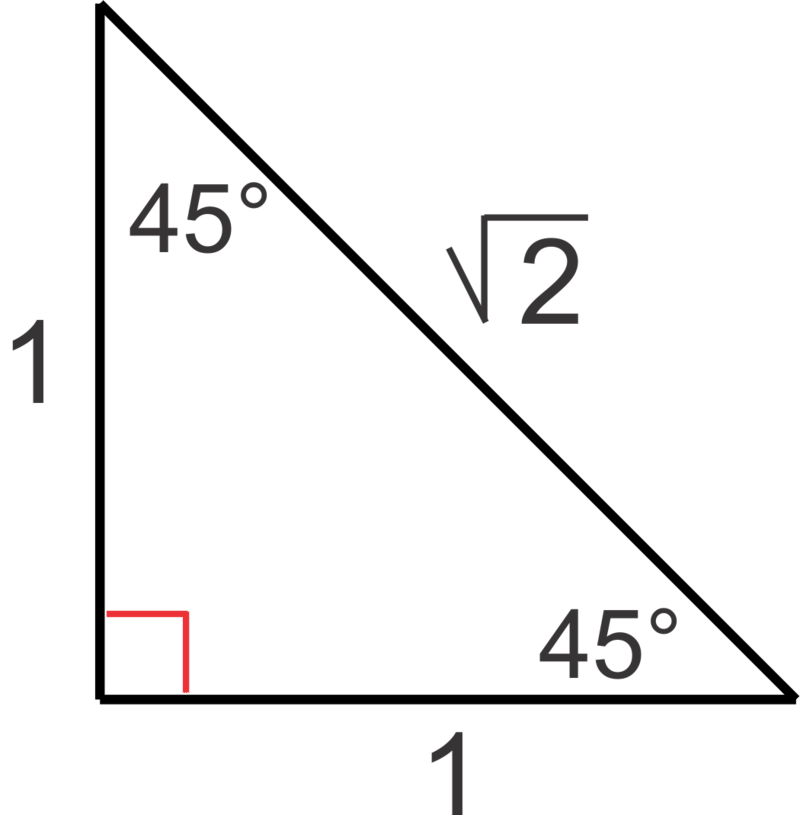



Trigonometric Ratios On The Unit Circle Ck 12 Foundation
Pshaw Take a look at the special right trianglesThen, use SOH CAH TOA on the triangle Remember that each internal angle of an equilateral triangle is 60°, so the halved angle is 30°Not too sure if you mean "value" in terms of numerical value or "value" in terms of usefulness but basically because you should know their value exactly
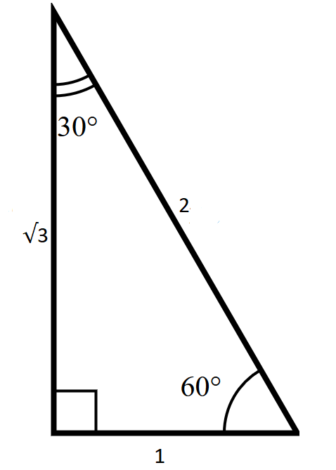



The Complete Guide To The 30 60 90 Triangle




Unit Circle Chart
The 30°–60°–90° triangle is the only right triangle whose angles are in an arithmetic progression The proof of this fact is simple and follows on from the fact that if α, α δ, α 2δ are the angles in the progression then the sum of the angles 3α 3δ =One of the main goals in this unit is a deep understanding of the unit circle This will rely heavily on the use of special right triangles In this lesson, students will investigate patterns in and triangles In the next lesson we will establish conventions for angles in the coordinate plane Then finally we will put it all together to create a unit circle in Lesson 96 Students shouldA triangle is a right triangle with two interior angles of 45 degrees A triangle is a right triangle with two acute angles of 30 and 60 degrees The ratio of



Shsu Edu



The Trig Functions Are About Multiplication Making Your Own Sense
That would scale it down by a radius of oneFinding the coordinates on the unit circle of an angle of 30 degrees using special right trianglesThe reason right triangles are called special is because there is a very specific relationship between the sides of the triangle and the hypotenuse The hypotenuse is exactly twice the length of the short leg and the long leg is the short leg times √3
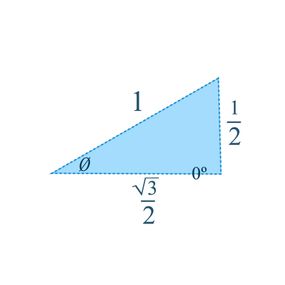



How To Use The Unit Circle In Trig Howstuffworks




Trigonometric Ratios On The Unit Circle Ck 12 Foundation
Distribute one B triangle to each student Label the 30°, the 60°, and 90° angles Using the hypotenuse length of one unit, have students determine the leg lengths and label the lengths in the boxes (1/2 and √3/2) Use those side lengths to investigate the coordinate points of the intersection of the lines that were just made with the paper plateThere are two types of special right triangles () and () as represented by their angle measures These triangles are special because their sides have a special ratio and therefore side measures can be found w/out the Pythagorean theorem or 30 60 90 Triangles l s 30o 60o h • In a 30 – 60 – 90 triangle, the side across from the 30o angle is the short side and often labeled s • In a 30 – 60 – 90 triangle, the side across from the 60o angle is the long side and often labeled l •




30 60 90 Triangles Special Right Triangle Trigonometry Youtube



1
Multiply this answer by the square root of 3 to find the long leg Type 3 You know the long leg (the side across from the 60degree angle) Divide this side by the square root of 3 to find the short side Double that figure to find the hypotenuse Finding the other sides of a triangle when you know the hypotenuseThe triangle The triangle has a right angle (90 ) and two acute angles of 30 and 60 We assume our triangle has hypotenuse of length 1 and draw it on the unit circle Smith (SHSU) Elementary Functions 13 2 / 70 The 30 60 90 triangle Anytime we consider a triangle, we imagine that triangle as half of an equilateral triangle A triangle is a special right triangle (a right triangle being any triangle that contains a 90 degree angle) that always has degree angles of 30 degrees, 60 degrees, and 90 degrees Because it is a special triangle, it also has side length values which are always in a consistent relationship with one another
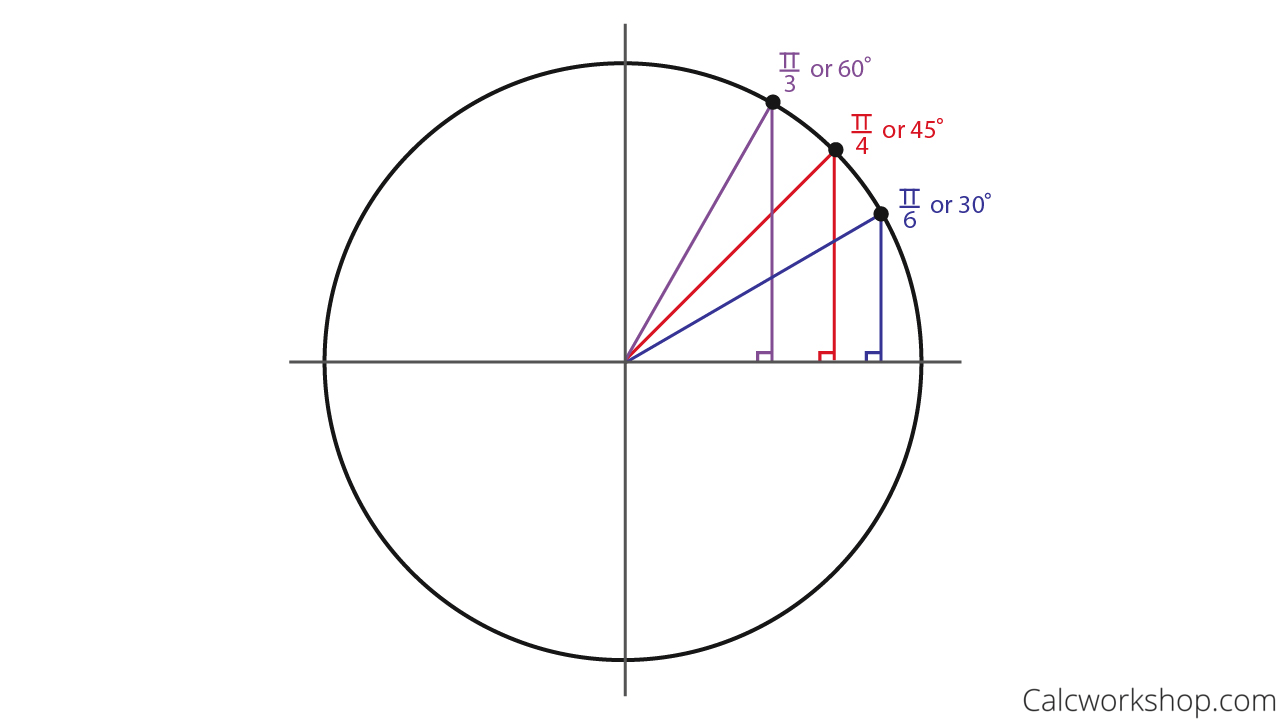



Unit Circle W Everything Charts Worksheets 35 Examples



Unit Circle Trigonometry Learning Objective S Understand Unit Circle Reference Angle Terminal Side Standard Position Find The Exact Trigonometric Function Values For Angles That Measure 30 45 And 60 Using The Unit Circle Find The Exact
First, you need the tool – a special triangle There are three steps Draw an equilateral triangle with side length 2;For all triangles 9) Next, we will solve for the side lengths of each triangle (you'll notice that there are 2 in each quadrant) Given that the radius of the circle is still 1 unit, find the lengths of the sides (with the correct / signs) for all triangleStep 1 This is a right triangle with a 30 ° angle so it must be a 30 ° 60 ° 90 ° triangle You are given that the hypotenuse is 8 Substituting 8 into the third value of the ratio , we get




How To Work With 30 60 90 Degree Triangles Education Is Around
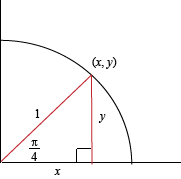



The Unit Circle At A Glance
Triangles (15) Trigonometry of Angles (17) Signed values of Trigonometric Ratios (18) Reference Angles () Reference Angles and Trigonometric Ratios This is a BASIC CALCULATORS ONLY unit Know the meanings and uses of these terms Degree Radian Angle in standard position Quadrantal angle Coterminal angles Sector of a circleStudents will identify the relationship of the sides of a 30° 60° 90° and a 45° 45° 90° triangle Students will find the coordinates of the angles on the unit circle in quadrant I by using special right triangle relationships Students will convert angles inNow, I'm going to do it using the unit circle definition of trig functions But to help us there, I'm going to give us a little bit of a reminder of what some of you might be familiar with as 30, 60, 90 triangles, which I guess we could also call pi over six, pi over three, pi over two triangles
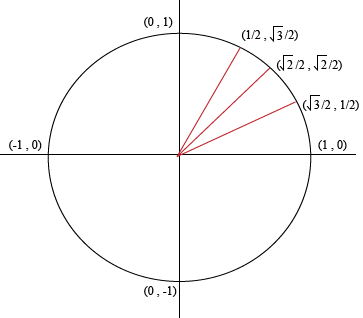



The Unit Circle At A Glance




7 There Is One More Triangle To Place We Will Place Chegg Com
Hi Kamerson, You can solve this problem using two facts First for a triangle the lengths of the sides are in the ratio For the second fact I need to draw a diagram P is the center of the circle and D, E and F are points of tangency The fact IWhat I have attempted to draw here is a unit a unit circle and the fact that I'm calling it a unit circle means it has a radius of one so this length from the center and I centered it at the origin this length from the center to any point on the circle is of length one so what would this coordinate be right over there right where it intersects along the x axis well it would be X would be one YFor this angle we inscribe a right triangle in the circle with the vertex of the 30 6 ⎛⎞π °⎜⎟ ⎝⎠ angle at the origin Using the formulas for the sides of a right triangle, the following values are established for "a" and "b" 1) 2 21 1




The Unit Circle Ck 12 Foundation



Shsu Edu
Relating the triangle to the Unit Circle & Major AnglesIntro to Special Triangles The toughest thing for many students is to tell the and triangles apart based on their side lengths So, in this video I introduce you to both the fractions and nonfractions versions of these "special" triangles, and IPythagoras Pythagoras' Theorem says that for a right angled triangle, the square of the long side equals the sum of the squares of the other two sides x 2 y 2 = 1 2 But 1 2 is just 1, so x 2 y 2 = 1 equation of the unit circle Also, since x=cos and y=sin, we get (cos(θ)) 2 (sin(θ)) 2 = 1 a useful "identity" Important Angles 30°, 45° and 60° You should try to remember sin
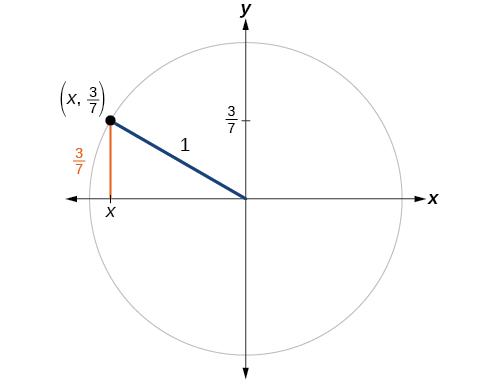



5 2 Unit Circle Sine And Cosine Functions Mathematics Libretexts
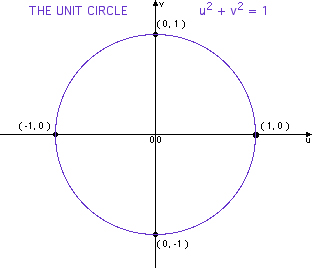



Unit Circle
• Use Pythagorean Theorem to find the missing side of a right triangle • Use knowledge about and triangles to quickly find missing sides • Graph on a Cartesian coordinate system LEARNING GOALS • Associate the coordinates of points on the circumference of the unit circle with the cos and sin of the angle Special Right Triangles and the Unit Circle Maybe I didn't pay enough attention as a Precalculus Student 13 years ago, but I never saw or knew about the connection between the socalled "Special Right Triangles" ( and triangles) When I went though, we had to memorize the unit circle The way I see it, the only reason toBesides {eq}0^{\circ} {/eq}, the rest are the interior angles of the special triangles, and triangles The ratios of the sides of the special triangles help us to find the basic
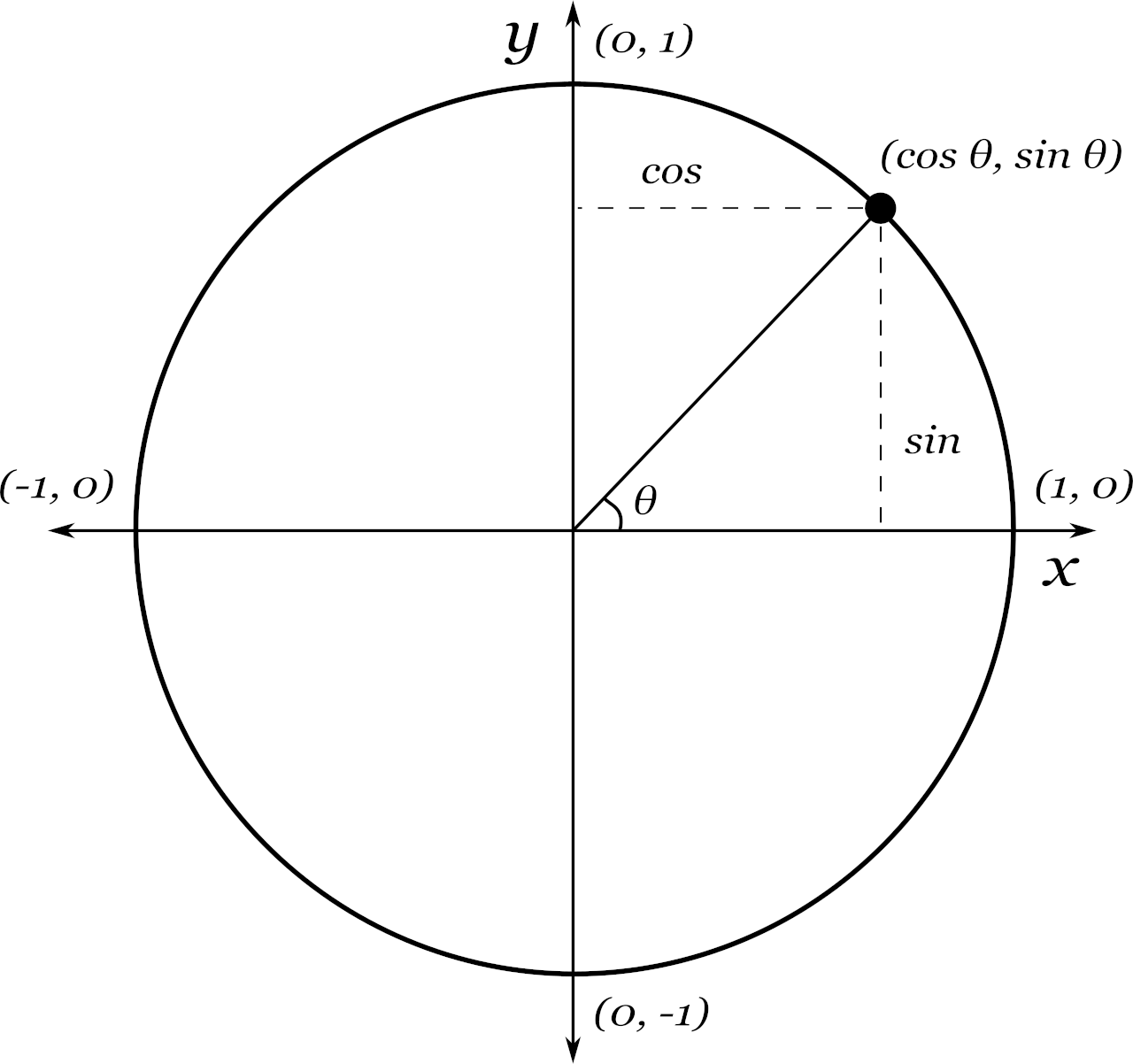



Unit Circle Calculator Inch Calculator
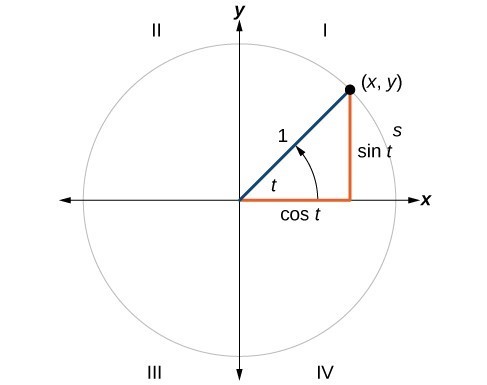



Unit Circle Sine And Cosine Functions Precalculus Ii
33Provided by the Academic Center for Excellence 3 The Unit Circle Updated October 19 The Unit Circle by Triangles Another method for solving trigonometric functions is the triangle method To do this, the unit circle is broken up into more common triangles the 45°−45°−90° and 30°−60°−90° triangles Some examples of 30 60 90 triangle sides If we know the shorter leg length a, we can find out that b = a√3 c = 2a If the longer leg length b is the one parameter given, then a = b√3/3 c = 2b√3/3 For hypotenuse c known, the legs formulas look as follows a = c/2Here is the proof that in a 30°60°90° triangle the sides are in the ratio 1 2 It is based on the fact that a 30°60°90° triangle is half of an equilateral triangle Draw the equilateral triangle ABC Then each of its equal angles is 60° (Theorems 3 and 9) Draw the straight line AD bisecting the angle at A into two 30° angles




Unit Circle
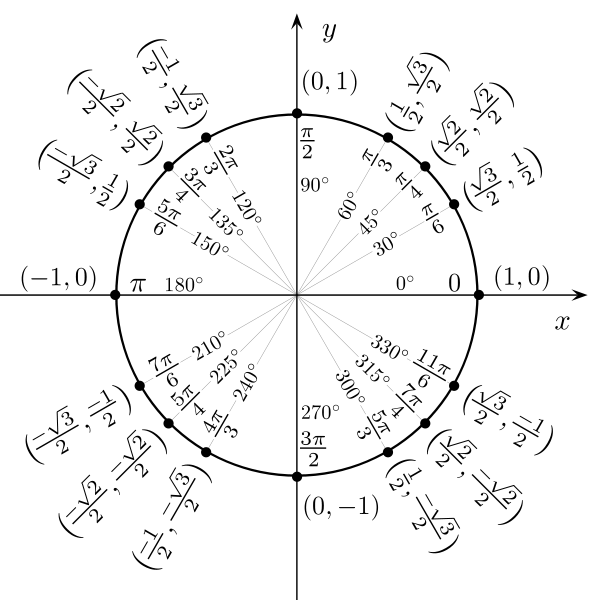



What Is The Unit Circle Expii
The point ( , )x y where the terminal side of the 30o angle intersects the unit circle Recall our theorem about 30o60o90o triangles In a 30o60o90o triangle, the length of the hypotenuse is twice the length of the shorter leg, and the length of the longer leg is 3 times the length of the shorter leg x y 1 1 1 1 30o x y 1 30o x y 1 60o (, )x yThe unit circle that is enclosed between the angle's rays 15 30 45 60 105 90 75 1 135 150 165 180 µ 0 Angle has degree measure µ =45± Protractor º 4 µ Angle has radian measure µ = º 4 Unit Circle Figure 31 Angles can be measured with a protractor



Special Triangles Unit Circle S Tlcox S Portfolio



1




42 Printable Unit Circle Charts Diagrams Sin Cos Tan Cot Etc
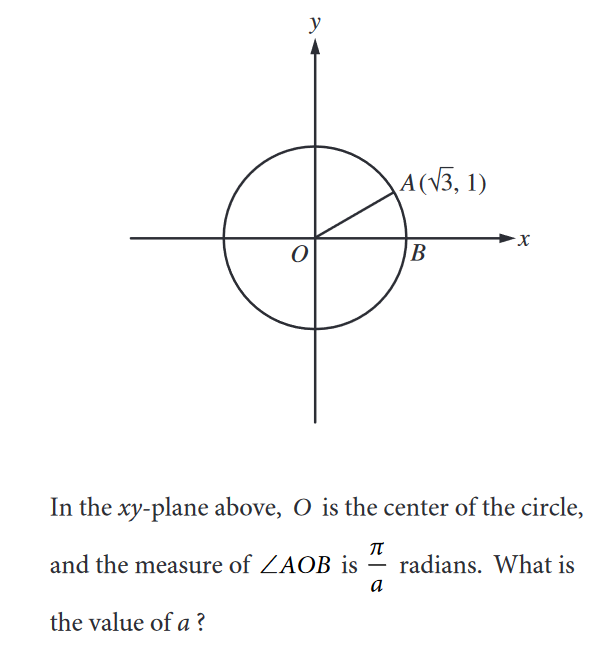



The Unit Circle What You Need To Know For The Sat
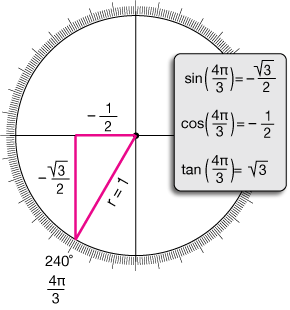



Trigonometry




Find The Remaining Sides Of A 30 Circ 60 Circ 90 Circ Triangle If The Longest Side Is 3 Study Com
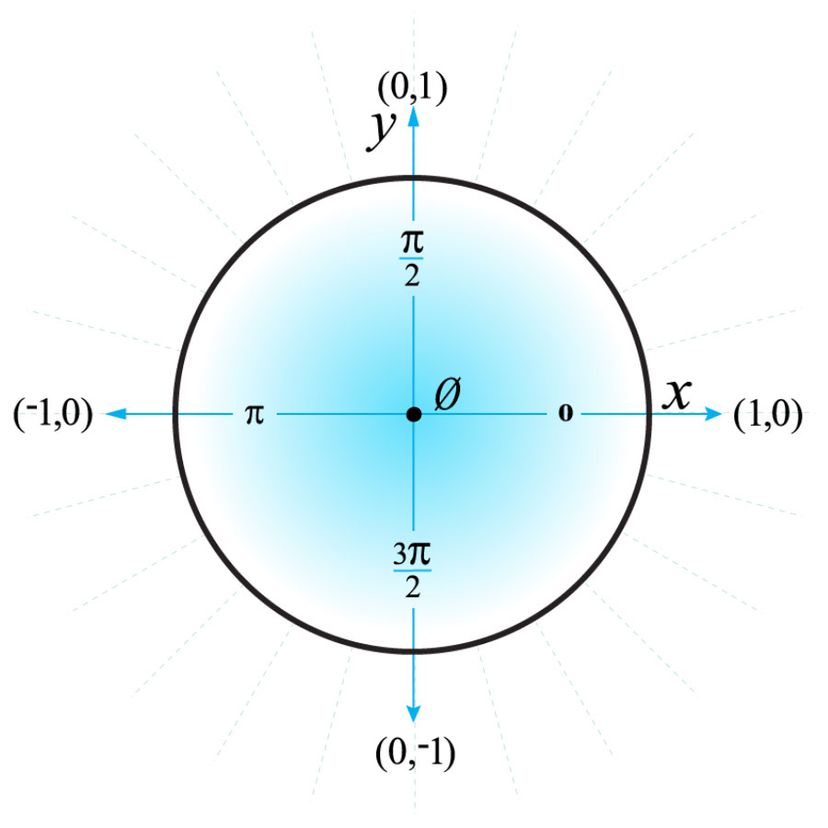



How To Use The Unit Circle In Trig Howstuffworks
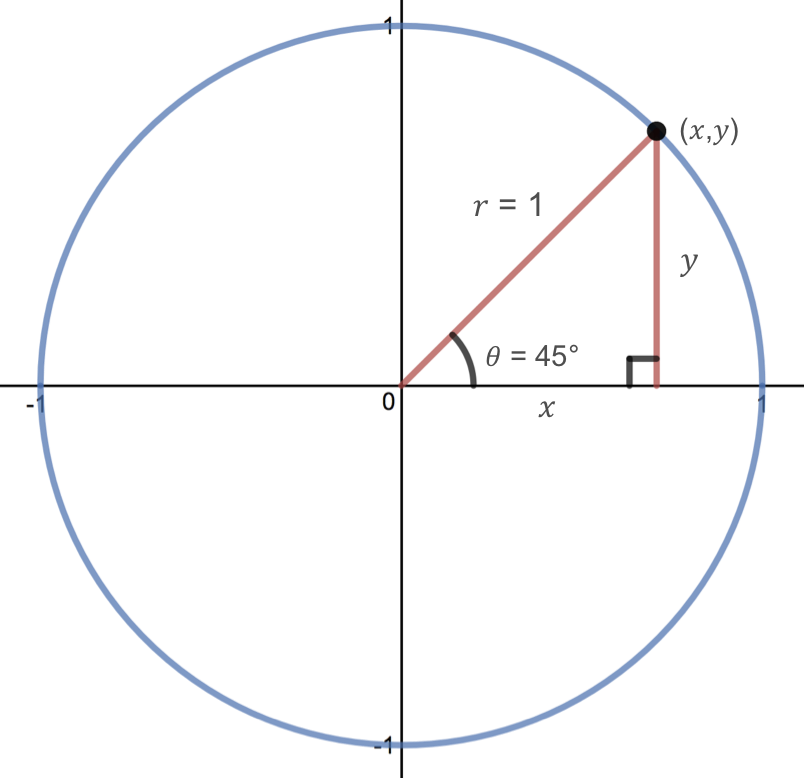



Mfg The Unit Circle
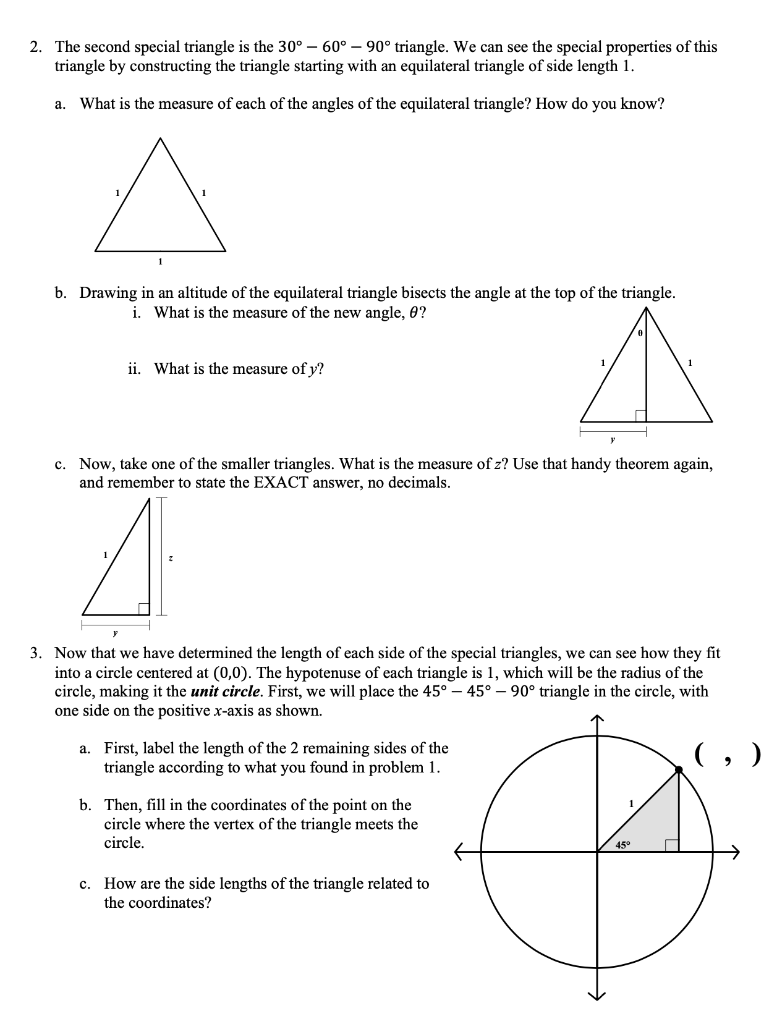



Solved 4 Special Triangles And The Unit Circle No Chegg Com




Trig 1 26 Introduction To The Unit Circle Part 4 60 30 90 Triangle Youtube




The Unit Circle Ck 12 Foundation




Special Right Triangle Wikipedia
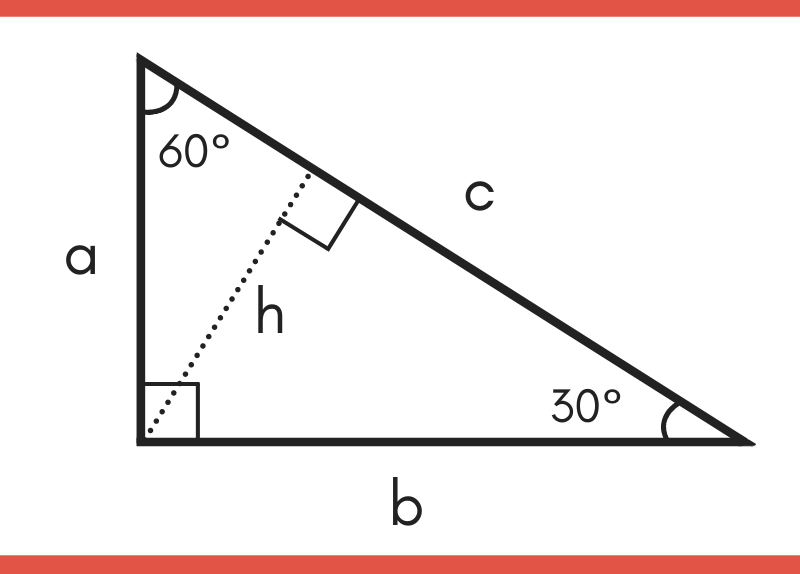



30 60 90 Special Right Triangle Calculator Inch Calculator
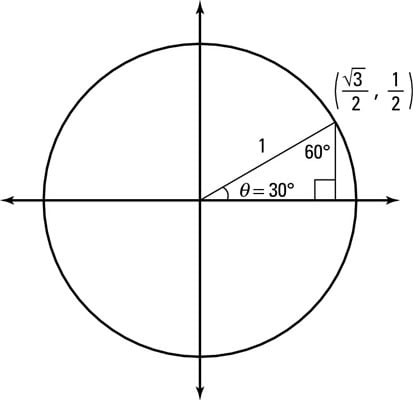



How To Plot The Major Angles Of The Whole Unit Circle Dummies




Content The Trigonometric Ratios



How To Create A Simple Program About The Unit Circle Quora
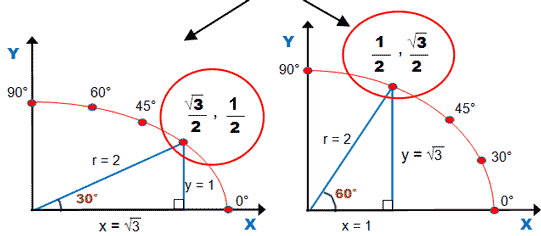



Trigonometry Snow Mountain
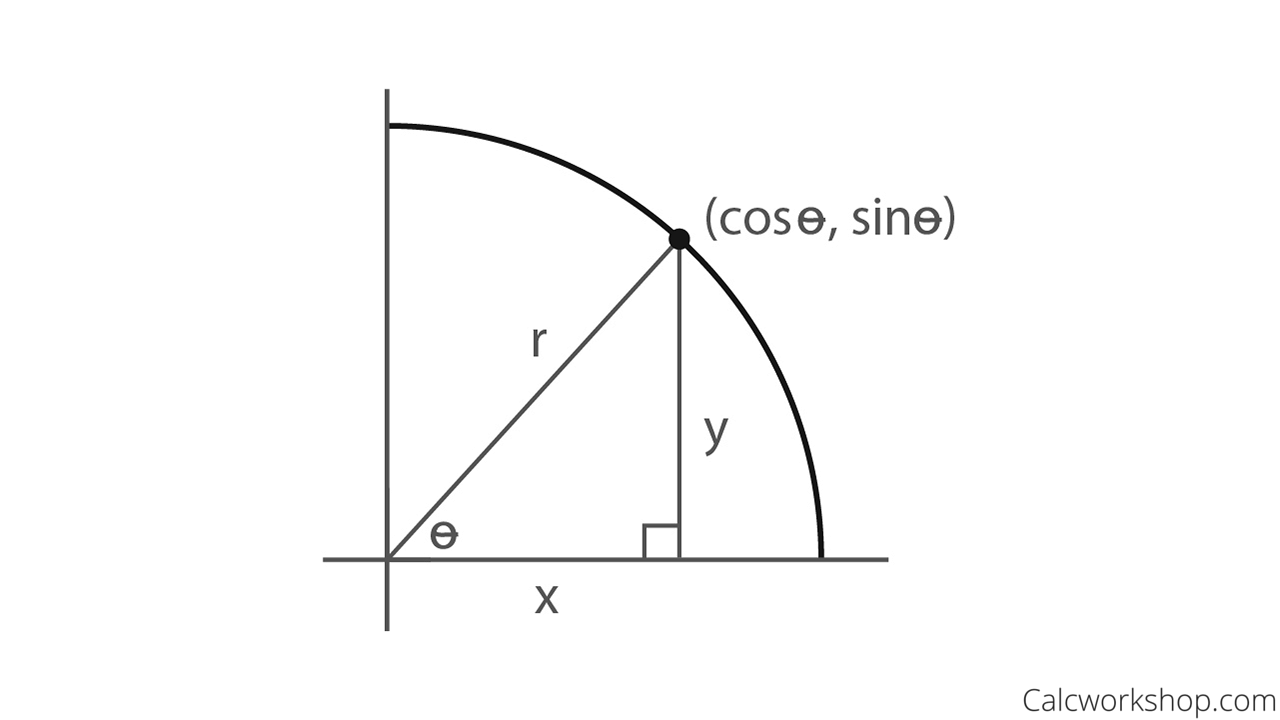



Unit Circle W Everything Charts Worksheets 35 Examples
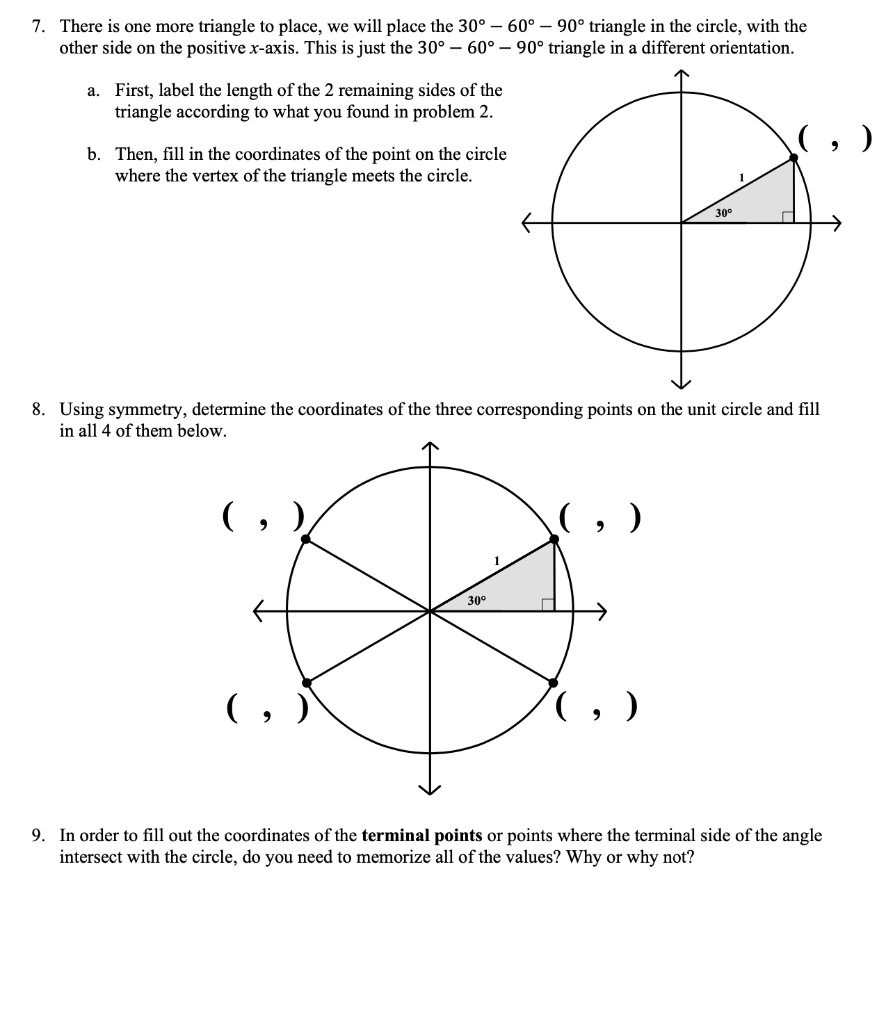



Solved 4 Using Symmetry Determine The Coordinates Of The Chegg Com
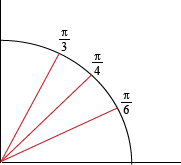



The Unit Circle At A Glance
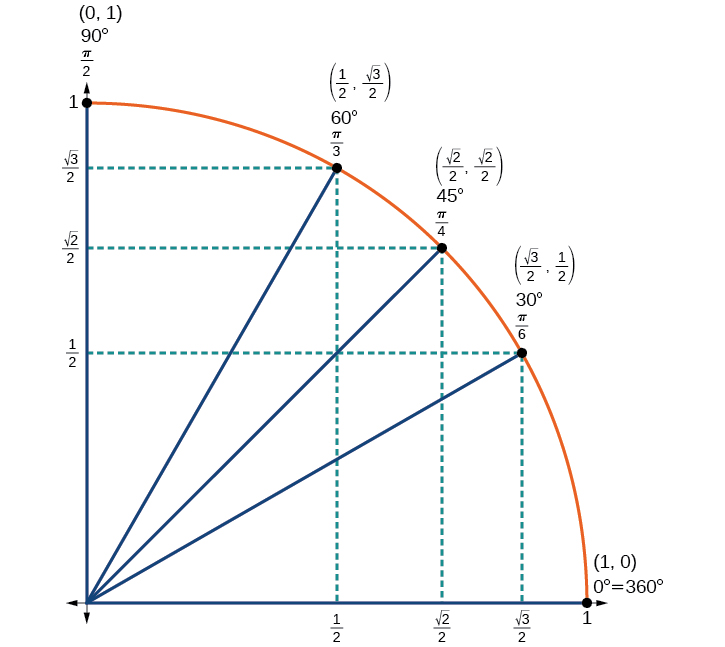



Unit Circle Algebra And Trigonometry



Unit Circle Chart
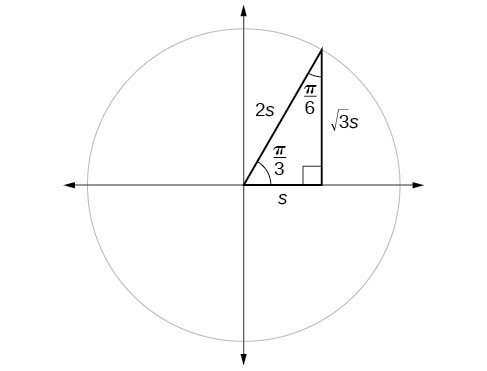



Section 4 3 Right Triangle Trigonometry Precalculus




The Unit Circle Ck 12 Foundation




Unit Circle Rmhs Mathematics Ms Stevenson Room 603
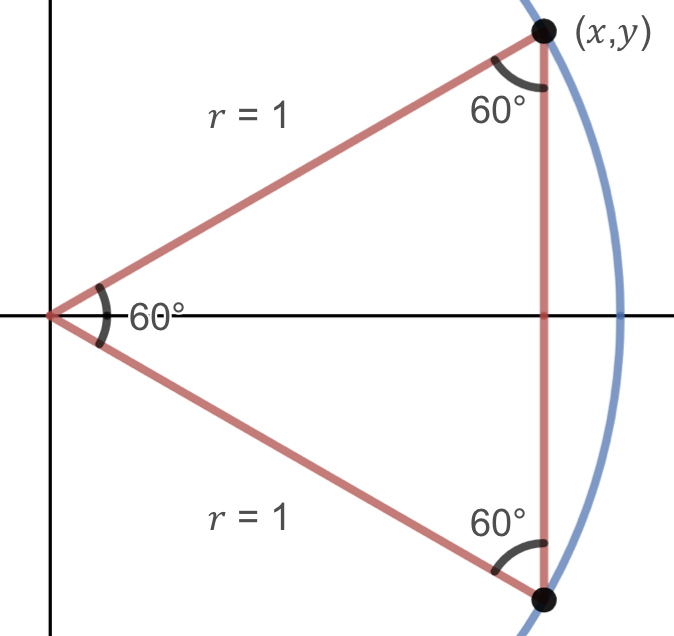



Mfg The Unit Circle
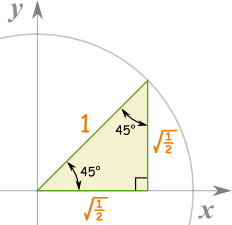



Unit Circle




Unit Circle With A 30 60 90 Right Triangle Youtube
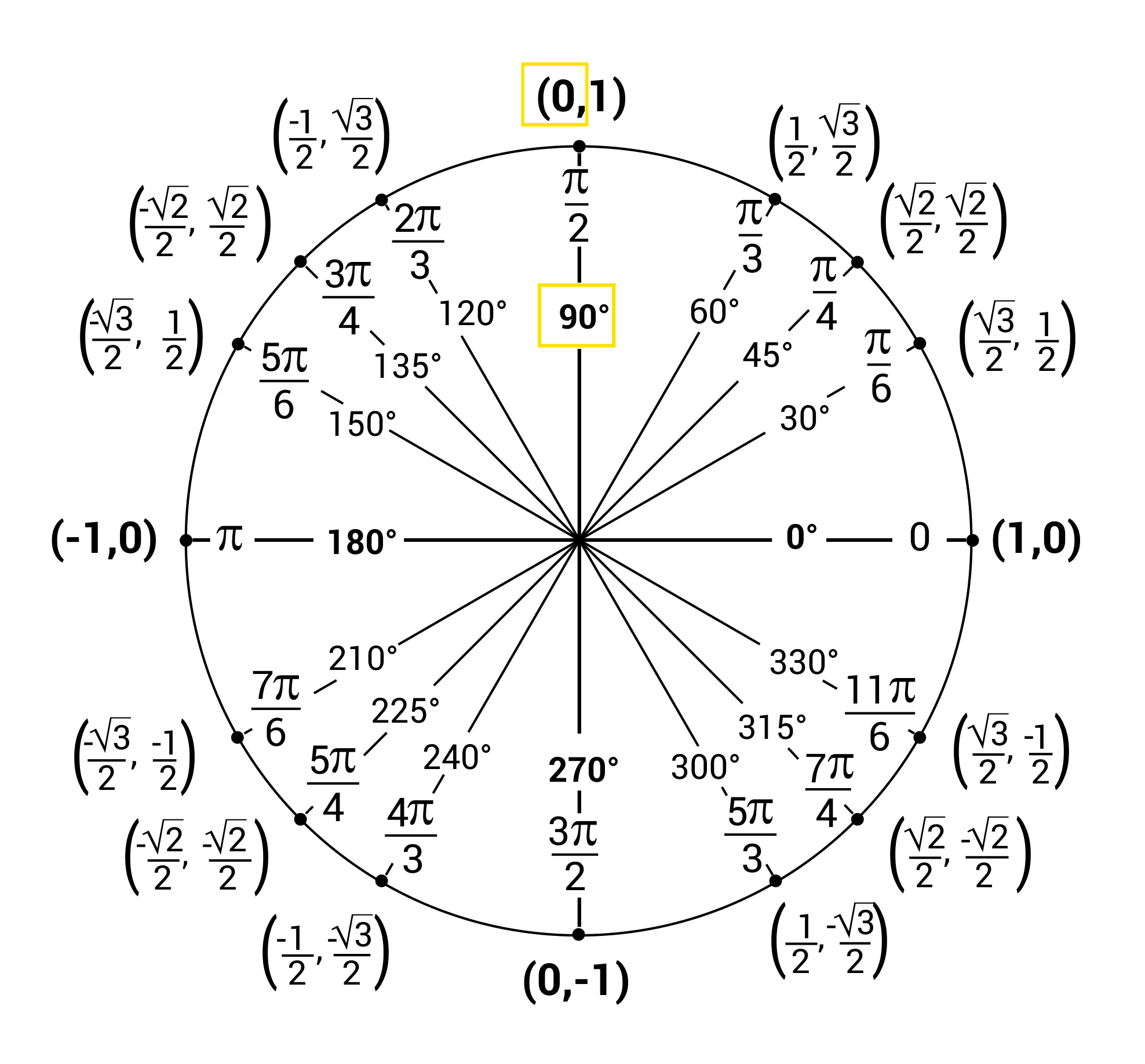



Unit Circles And Standard Position Video Practice




Unit Circle
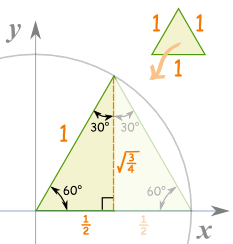



Unit Circle



Unit Circle Trigonometry Degrees Intomath



Trigonometry
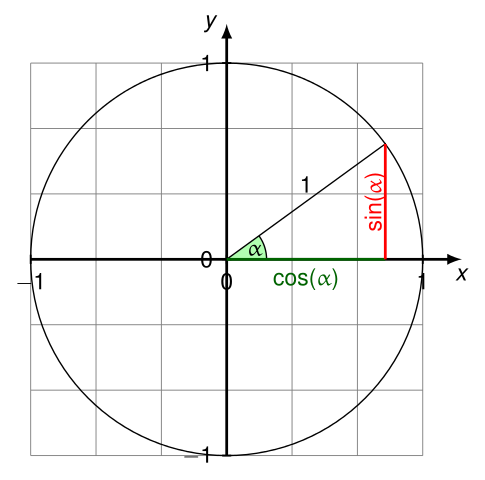



3 Expert Tips For Using The Unit Circle
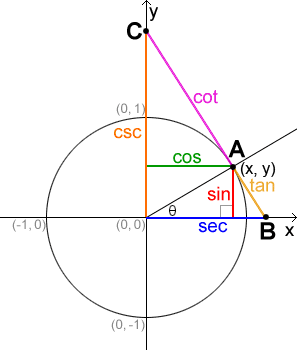



Unit Circle




30 60 90 Special Right Triangles For Act Sat Math Geometry Trigonometry Youtube



Shsu Edu
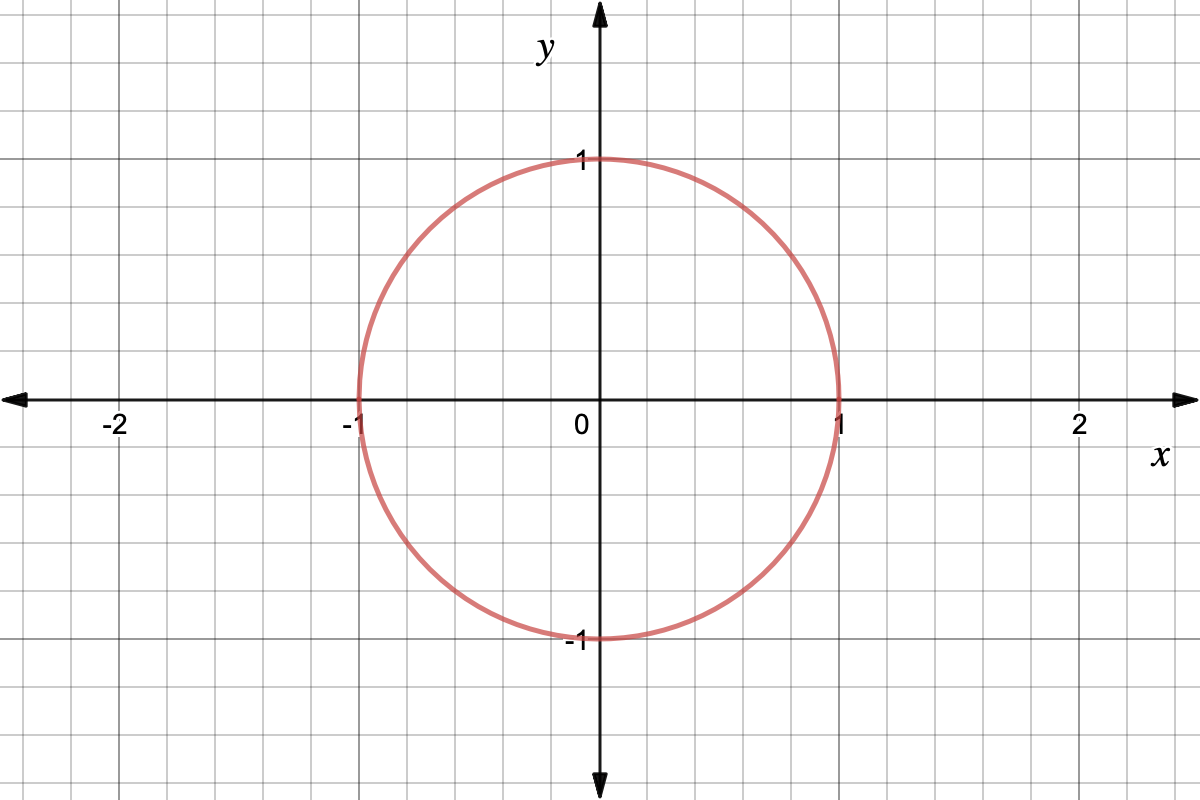



What Is The Unit Circle Expii
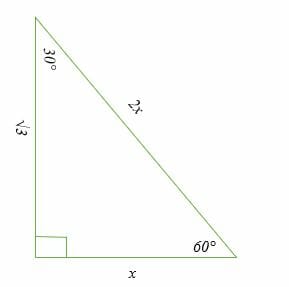



30 60 90 Triangle Explanation Examples



Shsu Edu




Trigonometry



Building The Unit Circle Teacher Guide
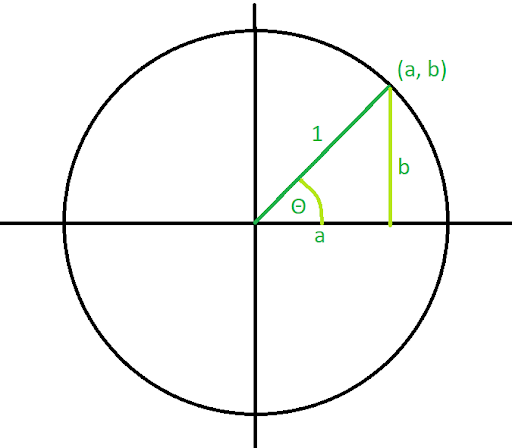



The Unit Circle What You Need To Know For The Sat
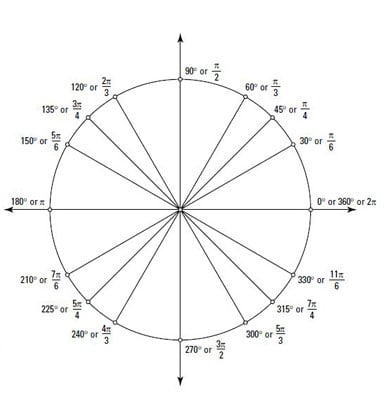



Positive And Negative Angles On A Unit Circle Dummies




Unit Circle




Unit Circle Quick Lesson Downloadable Pdf Chart Matter Of Math




Solved 2 The Second Special Triangle Is The 30 60 90 Chegg Com




Algebra Trig Review
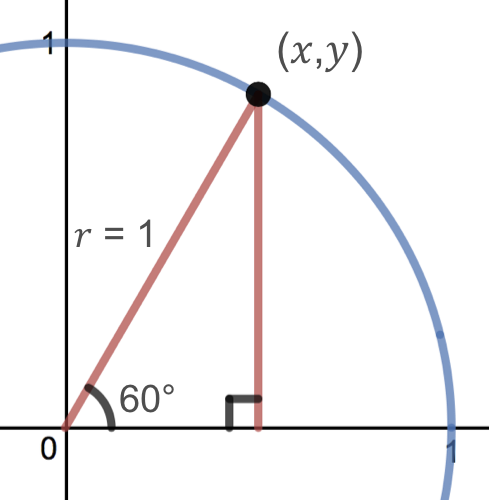



Mfg The Unit Circle



1
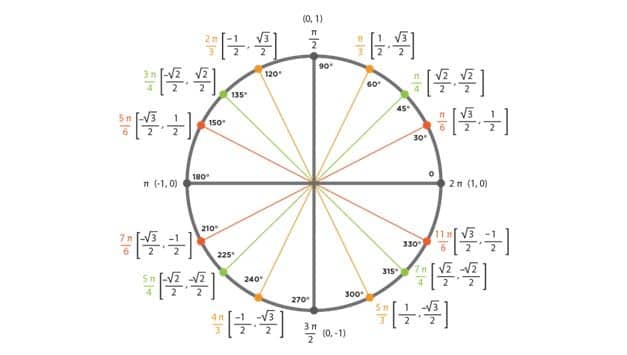



Unit Cricle Chart Brief Explanation Of Unit Circle Chart Trig Identities



Special Angles In The Unit Circle
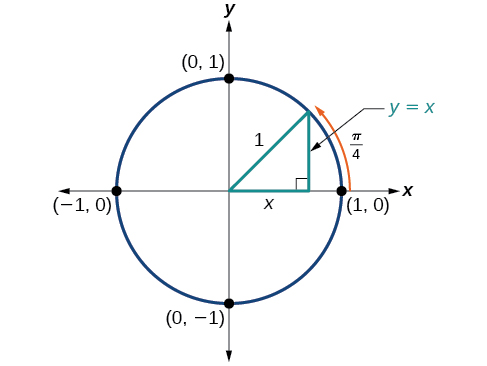



5 2 Unit Circle Sine And Cosine Functions Mathematics Libretexts
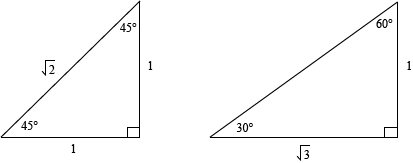



The Unit Circle At A Glance



Unit Circle Trigonometry Learning Objective S Understand Unit Circle Reference Angle Terminal Side Standard Position Find The Exact Trigonometric Function Values For Angles That Measure 30 45 And 60 Using The Unit Circle Find The Exact




Unit Circle Quick Lesson Downloadable Pdf Chart Matter Of Math




Using The Unit Circle To Find Sin 45 Degrees




Special Right Triangles In Geometry 45 45 90 And 30 60 90 Youtube
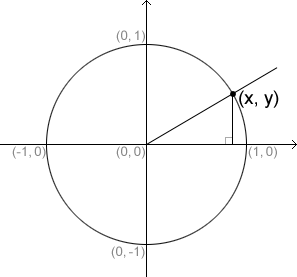



Unit Circle




How Do You Find Trigonometric Ratios Of 30 45 And 60 Degrees Socratic



3




Unit Circle
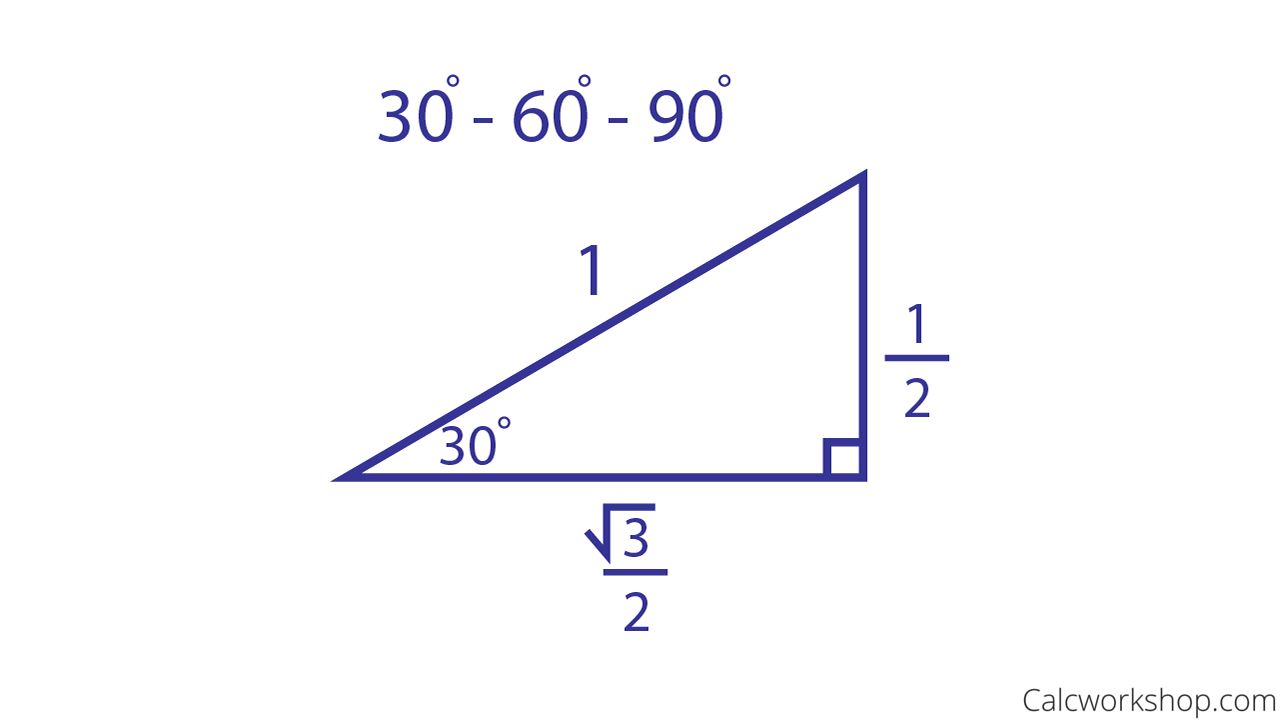



Unit Circle W Everything Charts Worksheets 35 Examples




Trigonometric Ratios In The Unit Circle 6 December Ppt Download
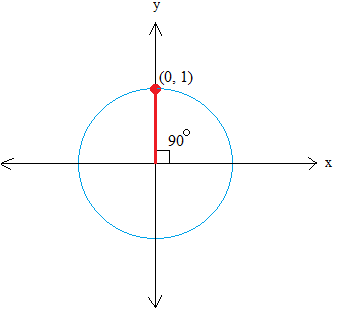



Using The Unit Circle To Find Sin 45 Degrees
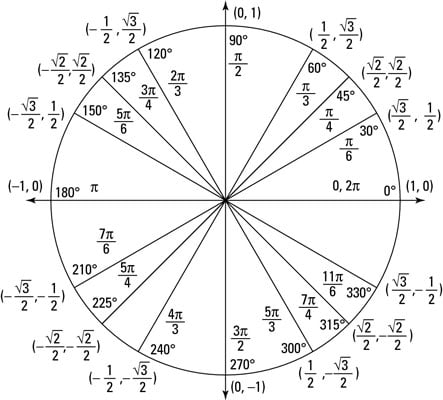



How To Plot The Major Angles Of The Whole Unit Circle Dummies




Unit Circle Trigonometry Sin Cos Tan Radians Degrees Youtube
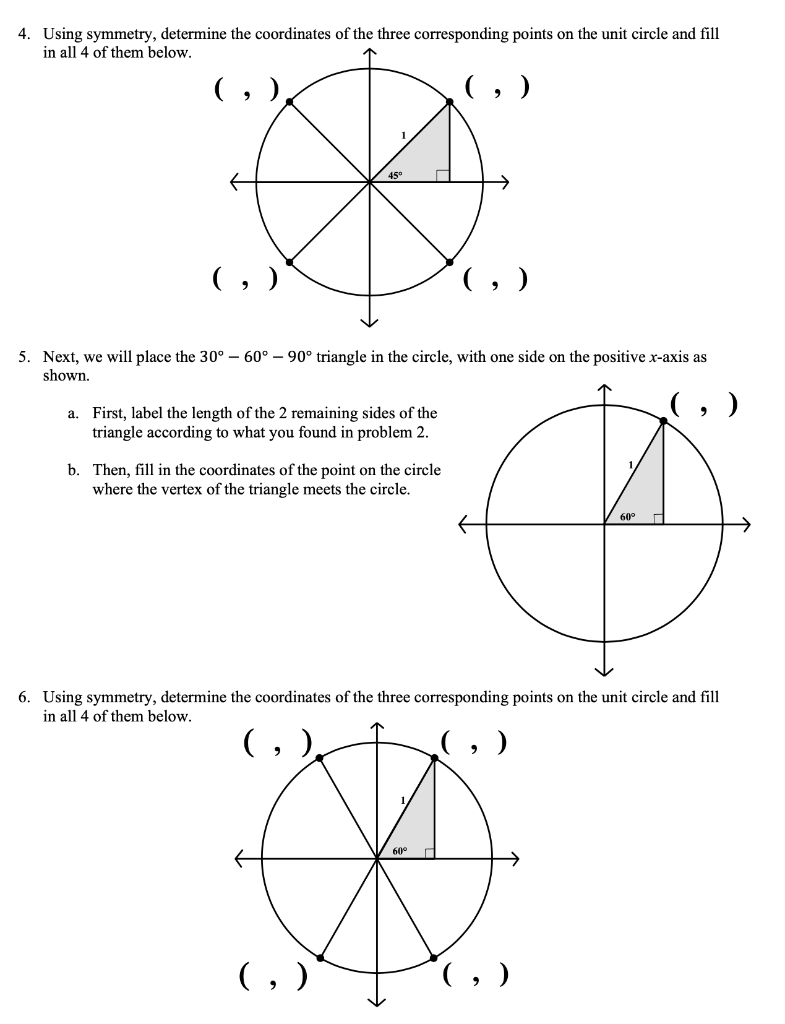



Solved 4 Using Symmetry Determine The Coordinates Of The Chegg Com
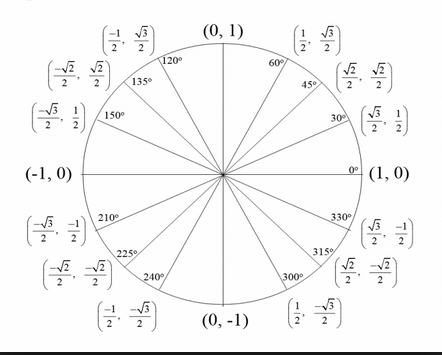



How Do You Create A 16 Point Unit Circle That Ranges From 0 To 8pi Socratic
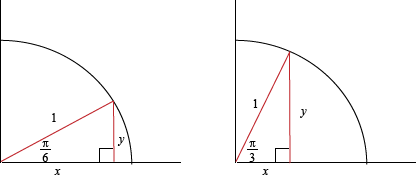



The Unit Circle At A Glance



C330 Trig Functions Tan Gents And Other Things Of Interest




30 60 90 And 45 45 90 Triangles Youtube




4 2 Day 1 Trigonometric Functions On The Unit Circle Pg 472 6 10 Evens Evens 46 54 56 60 For Each Question Except The 0 O 90 O 180 O Ppt Download
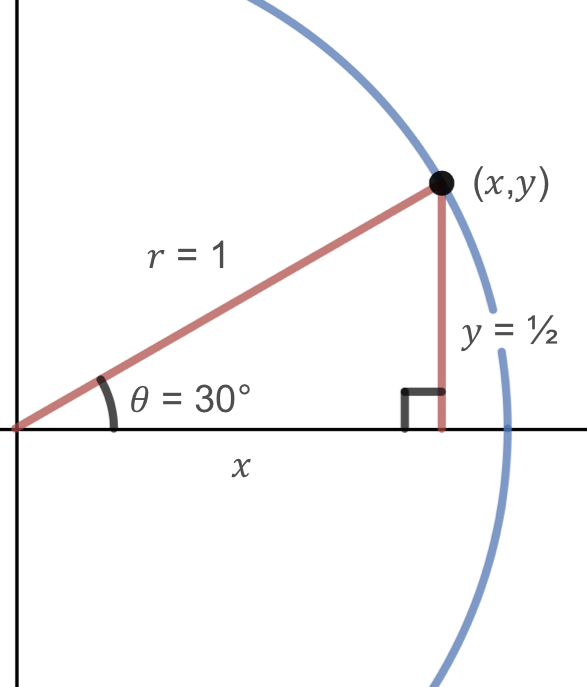



Mfg The Unit Circle
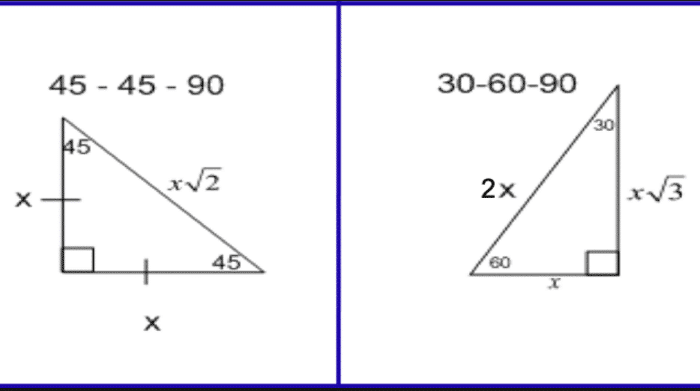



Special Right Triangles Complete Reference Guide The Education




Unit Circle Sine And Cosine Functions Precalculus Ii



0 件のコメント:
コメントを投稿